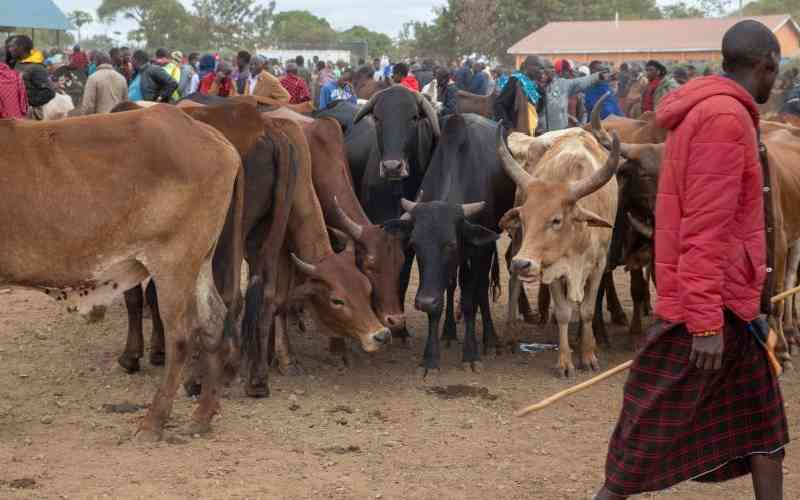×
The Standard e-Paper
Fearless, Trusted News

The reduction of livestock numbers as a strategy to limit greenhouse gas emissions sparked a debate on the last day of the Africa Climate Summit.
Greenhouse gases are gases that trap heat from the sun and make planet Earth warm.